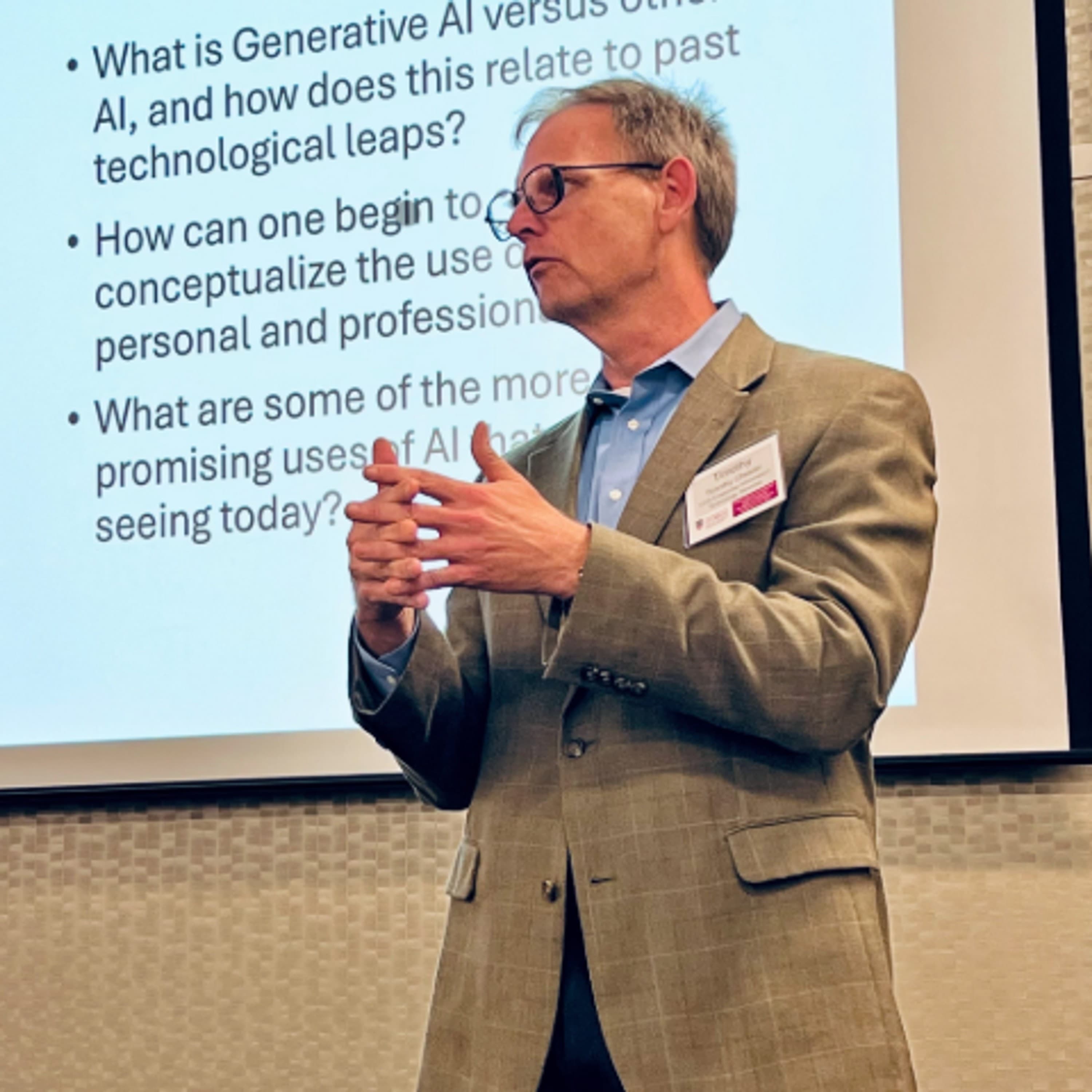Deep Dive: Rethinking Scale in the Era of Vendor Lock-In
This episode explores why the long-standing strategy of scaling through vendor standardization is now putting higher ed IT at risk. As costs rise and vendor flexibility shrinks, institutions need a new playbook—one built on diversification and leverage. Drawing from real-world examples, including a survey tool negotiation turned case study, we break down how CIOs can regain control by adopting a “Lexus and Toyota” model across their IT portfolios.
About the podcast
Technology is reshaping higher education, leadership, and the economy—but the biggest challenges aren’t just technical, they’re cultural and structural. Created by Timothy Chester, this podcast explores the real impact of AI, automation, and digital transformation on universities, work, and society. With a sociologist’s lens and decades in higher ed IT leadership, he cuts through the hype to uncover what truly matters.
Share this episode
Share with friends and family
